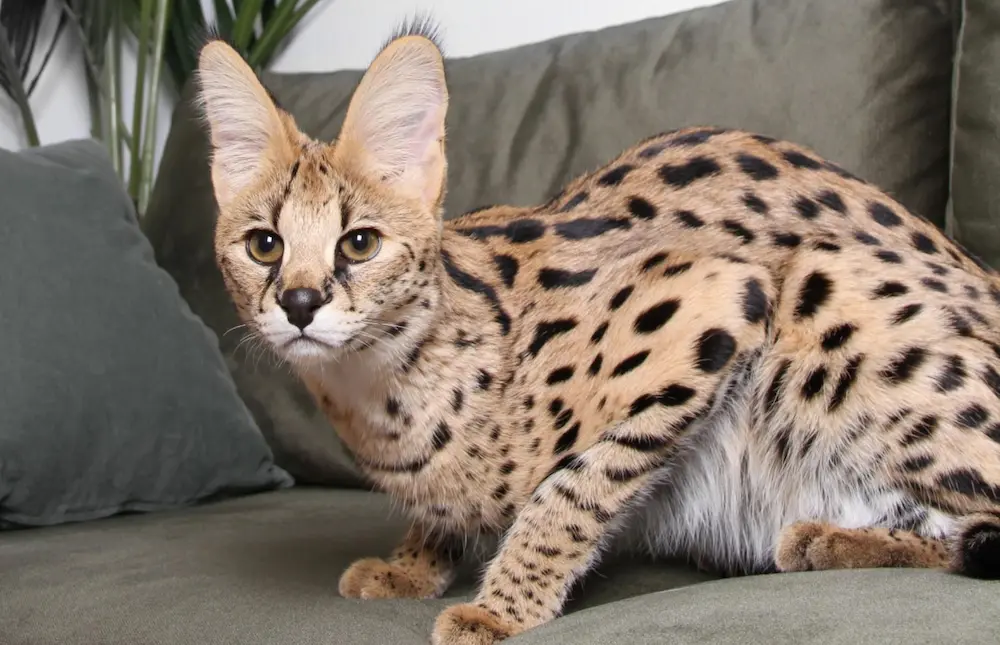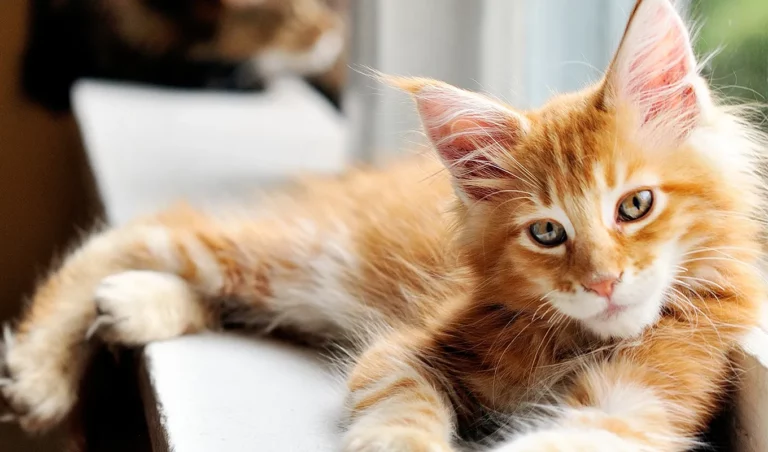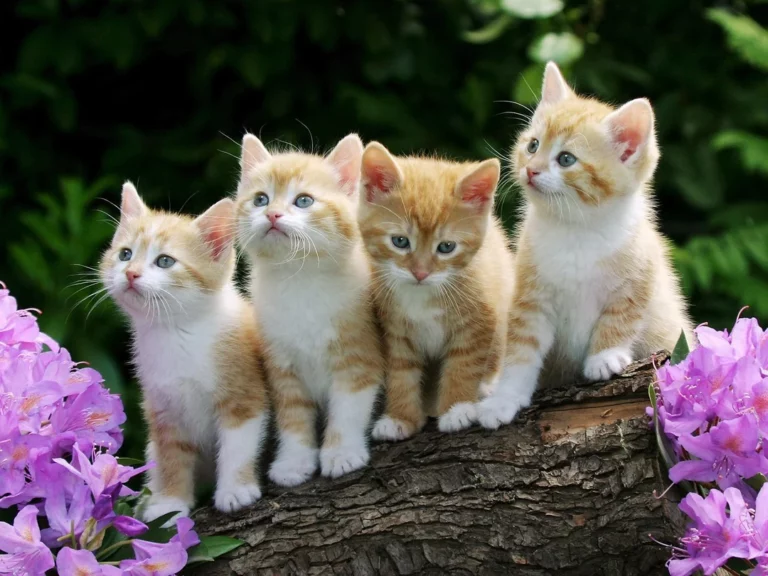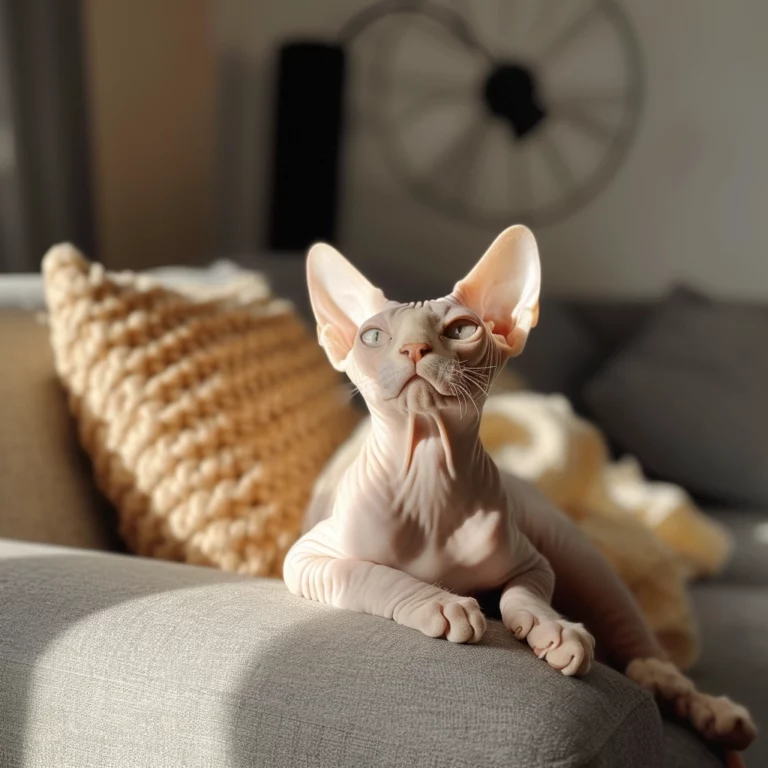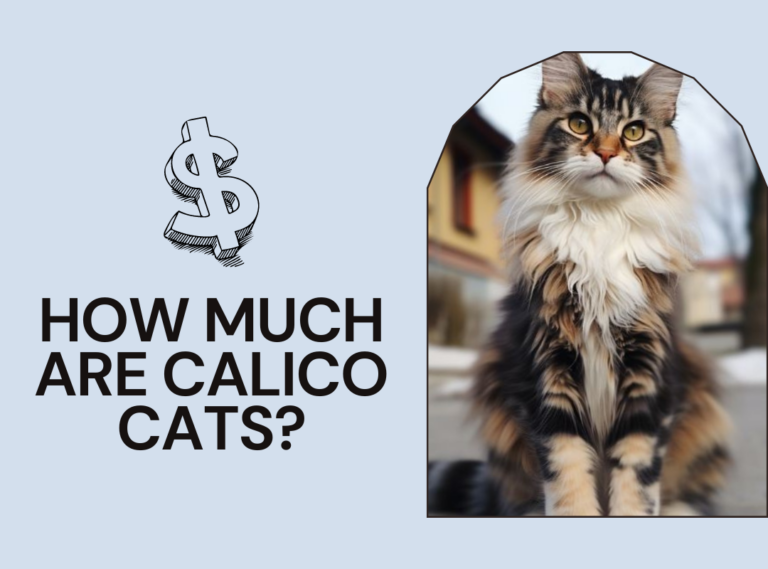5 Priciest Cat Breeds: Care, Costs & Companionship Unveiled
Ever wondered why some cats have price tags that could rival a luxury car?
It’s not just about their cuddly charm or playful antics; it’s their rarity, lineage, and sometimes, their exotic looks that set them apart.
Imagine owning a feline so unique, it turns heads and starts conversations.
That’s the allure of the world’s priciest
From the stunning Ashera to the majestic Savannah, these cats are more than pets; they’re a statement.
In this text, I’ll take you through the top five priciest
Whether you’re a
The Ashera Cat : Majestic Beauty at a Premium Price
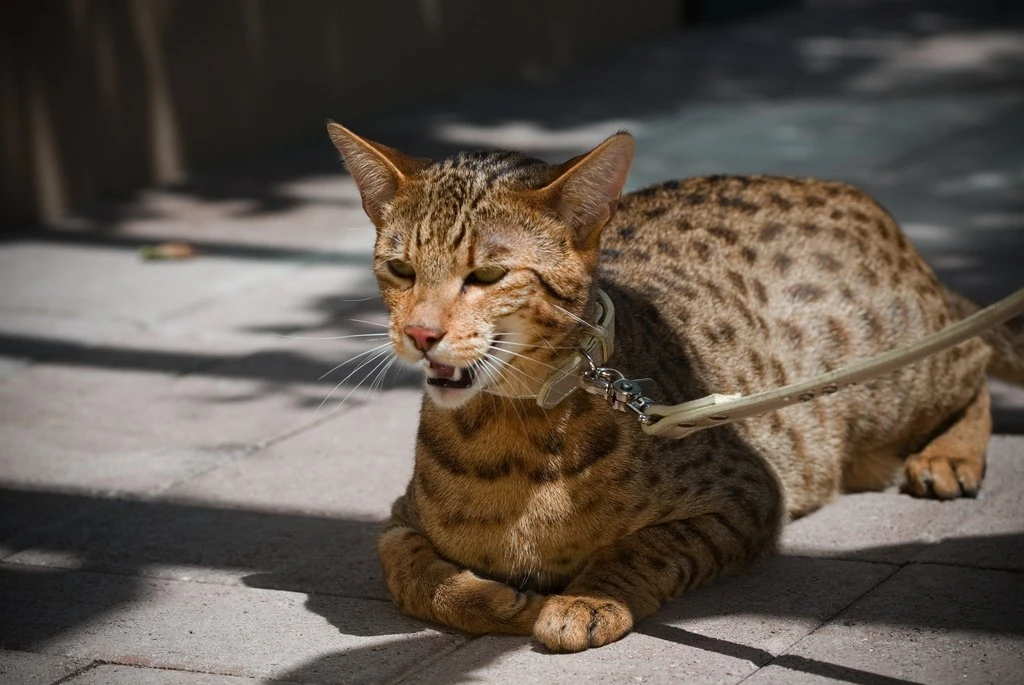
Diving into the world of fancy felines, let’s talk about a breed that literally stands out in the crowd—the Ashera
Known for its striking appearance and exclusivity, this breed is more than just a pet; it’s a statement.
So, why does the Ashera demand such an eye-watering price tag? Let’s unwrap the mystery.
Origins and Uniqueness
The Ashera
Unlike more common breeds, Asheras aren’t just found; they’re specifically bred.
Imagine a
That’s the Ashera for you.
Originating from a blend that includes genes from the exotic African Serval and the Asian Leopard
Think about the allure of having something that’s almost one of a kind.
In my experience, owning an Ashera is akin to possessing a rare piece of art.
Each Ashera is unique, not just in looks but also in personality.
They carry the majestic grace of a wild animal while being affectionate and playful, making them an intriguing addition to any home.
Why Asheras Command Such High Prices
So, what’s behind the hefty price tag?
First and foremost, the cost of breeding.
Breeding Asheras is not for the faint-hearted; it requires a sophisticated understanding of genetics and a considerable investment in time and resources.
Then there’s the rarity factor. Anything rare is naturally more valuable, and in the case of the Ashera, we’re talking about a
Besides, Asheras are not just pets; they’re lifestyle companions.
Their exotic appearance and unique temperament turn heads wherever they go, making them a favorite among celebrities and the ultra-wealthy looking for something out of the ordinary.
For those in the know, an Ashera
Also, with the Ashera, you’re buying into an exclusive club.
The price includes breeder support, health guarantees, and often, a pedigree of the
Summarizing, if you’re considering an Ashera, you’re looking at a majestic creature that combines the wild’s allure with the warmth of a family pet.
Its hefty price tag is a reflection of its exclusivity, the complexity of breeding such a refined animal, and the unique status it bestows upon its owner.
Owning an Ashera isn’t just about having a
The Savannah Cat : A Wild Touch of Elegance
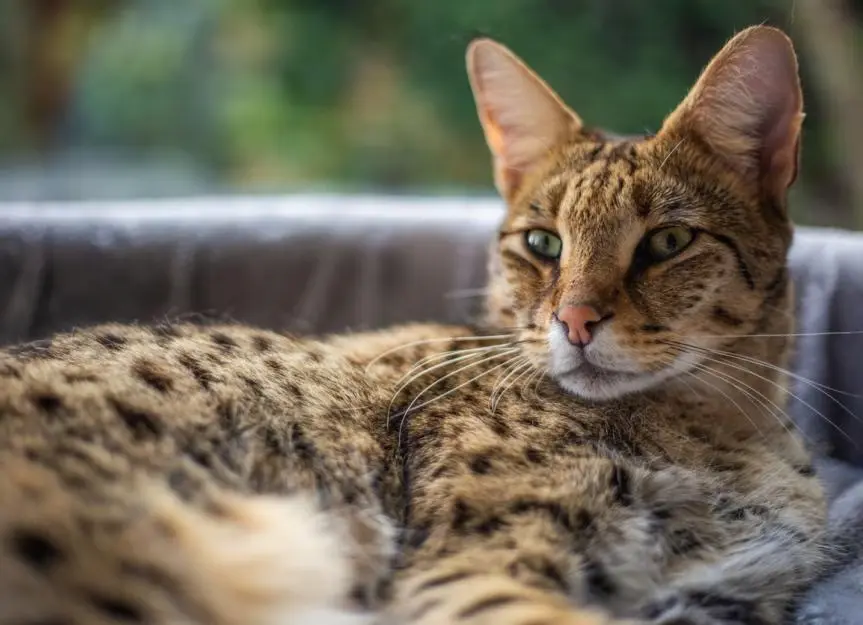
Following the luxurious Ashera, the Savannah
It’s the kind of pet that combines the allure of the wild with the grace of domestic cats.
Let me guide you through what makes the Savannah so special, not just in looks but in price as well.
Breeding History and Distinct Features
The Savannah
Its history is as exotic as its appearance.
Born from the crossing of a domestic
These cats are not just a marvel to look at; they’re also highly intelligent, inquisitive, and active.
They’ve got a jump that’s truly awe-inspiring—we’re talking able to leap to 8 feet high from a standing position!
What sets the Savannah apart, besides its majestic leap, is its personality.
Imagine a
That’s your Savannah!
Their sociable nature makes them a great addition to families, and they bond deeply with their humans.
But, their wild heritage requires owners to engage them with plenty of mental and physical stimulation.
Factors Contributing to Their Price Tag
Let’s jump into why owning a Savannah might feel like a luxury investment.
First off, the initial cross-breeding process is both complex and costly, involving specific expertise and care to ensure the health and well-being of both the serval and domestic
Also, the further you are from the original serval cross (F1 generation), the more the price can vary, with F1 Savannahs fetching the highest prices due to their closer genetic makeup to the serval.
Besides, the legality of owning a Savannah
Some states have strict regulations or outright bans on owning hybrid animals, which means you’ll need to do your assignments and possibly obtain special licenses.
This regulatory world not only limits availability but also adds an element of prestige to owning a Savannah.
Caring for a Savannah
Their dietary needs, potential health issues, and the requirement for ample space to roam and play reflect in the overall cost of ownership.
A Savannah
The Bengal Cat : Exotic Patterns, Exquisite Price
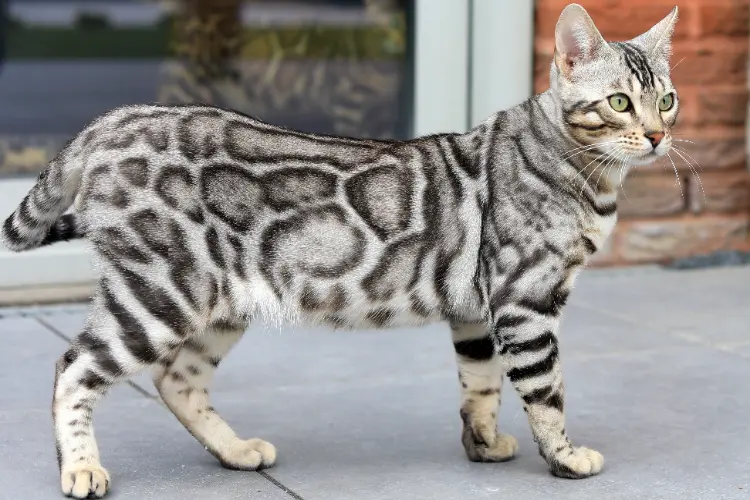
Continuing our journey through the world of luxury feline breeds, we encounter the Bengal
It’s easy to see why they’re coveted.
Their coat, mimicking the wild leopards they’re descended from, comes with a price that reflects its beauty.
The Allure of the Bengal’s Coat
The Bengal
With a coat that boasts vibrant spots and rosettes, similar to those of a leopard or jaguar, they’re a living, breathing work of art.
The vibrant contrast between the spots and their background color is nothing short of mesmerizing.
But it’s not just about looks; their fur is uniquely soft and sleek, adding to their allure.
What makes the Bengal’s coat so special? It’s the result of careful, deliberate breeding practices.
Breeders have worked hard to perfect these patterns, crossing Asian leopard cats with domestic cats.
This crossbreeding not only resulted in the Bengal’s stunning appearance but also contributed to their playful, energetic nature.
Imagine having a
That’s the Bengal for you.
The Cost Behind the Beauty
Let’s talk numbers.
Because of their exotic appearance and the complexity of breeding such specific traits, Bengals can carry a hefty price tag.
Prices can soar up to $25,000 for a top-quality specimen with the most desired patterns and colors.
Yes, you read that right. But why such a high price?
Firstly, the breeding process itself is not straightforward.
Finding the right lineage to produce the desired coat patterns and colors involves a lot of research, trial, and error.
Breeders also have to ensure that the kittens are healthy, both physically and genetically, which means regular vet checks and genetic testing.
This level of care and attention to detail doesn’t come cheap.
Besides, the demand for Bengals is consistently high, yet not all breedings produce show-quality kittens.
Hence, those that do meet the high standards set by enthusiasts and breeders alike command a premium.
But, it’s not just about the financial investment.
Owning a Bengal means committing to their care and wellbeing.
They’re highly energetic and require plenty of stimulation and interaction.
This could mean investing in toys,
For those captivated by the Bengal’s beauty and willing to take on the commitment, the reward is a fascinating and affectionate companion.
Their exotic patterns and dynamic personalities can enrich your life in unexpected ways.
Just be prepared; they’ll likely capture your heart as quickly as they empty your wallet.
The Sphynx Cat : Price Meets Personality
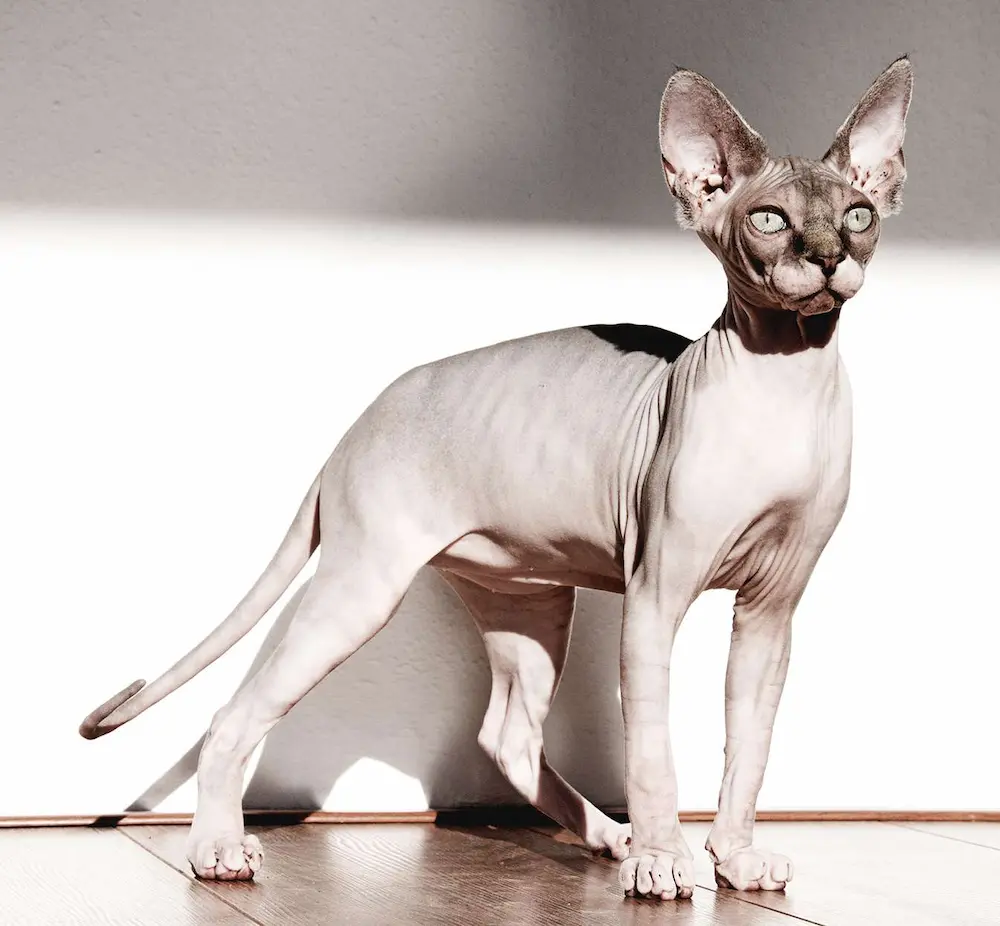
After exploring the exotic beauty and allure of Bengals, it’s time to jump into another uniquely captivating breed: the Sphynx.
Renowned for its distinctive appearance, this breed combines intriguing looks with a charming personality unlike any other.
The Hairless Wonder
The Sphynx, often celebrated as the hairless wonder of the
But don’t let their baldness fool you; these cats are a bundle of warmth, both literally and figuratively.
Their skin is warm to the touch, a direct result of their hairlessness, making them the perfect cuddle companions on a chilly night.
Imagine a creature that looks like it just stepped out of an ancient Egyptian fresco, yet loves to snuggle up and purr softly beside you.
That’s your Sphynx.
Even though their alien-like appearance, with large lemon-shaped eyes and oversized ears, these cats have a way of enchanting even those who prefer the fluffier breeds.
Sphynx Cats: Maintenance and Price Factors
But, their unique looks and personality come with specific maintenance needs and a substantial price tag.
First off, although they lack fur, Sphynx cats require regular bathing to remove the buildup of oils that their skin produces.
Yes, you heard me right; these cats need a weekly bath.
Their ears also need frequent cleaning because they have no hair to block the dust and dirt.
Let’s talk numbers.
The Sphynx
Why the steep price, you ask?
Several factors contribute to this.
For starters, the Sphynx is a rare breed, and breeding them is not as straightforward as one might think.
It involves careful genetic selection to maintain their health and distinctive features, without the issues that arise from inbreeding.
Besides, their unique health needs, including sensitivity to cold and sunlight, make them a bit more high maintenance.
Prospective Sphynx owners must also consider the vet visits for regular health checks, especially for their skin and heart.
Hence, when you decide to welcome a Sphynx into your home, you’re not just paying for a pet; you’re investing in a unique companion that requires special care and attention.
Summarizing, while Sphynx cats might not be everyone’s first choice due to their unconventional looks and the meticulous care they require, their affectionate nature, playful antics, and strong bond with their humans make them worth every penny.
If you’re ready for the commitment, a Sphynx could be the perfect addition to your family, offering endless entertainment and love.
The Persian Cat : Timeless Luxury
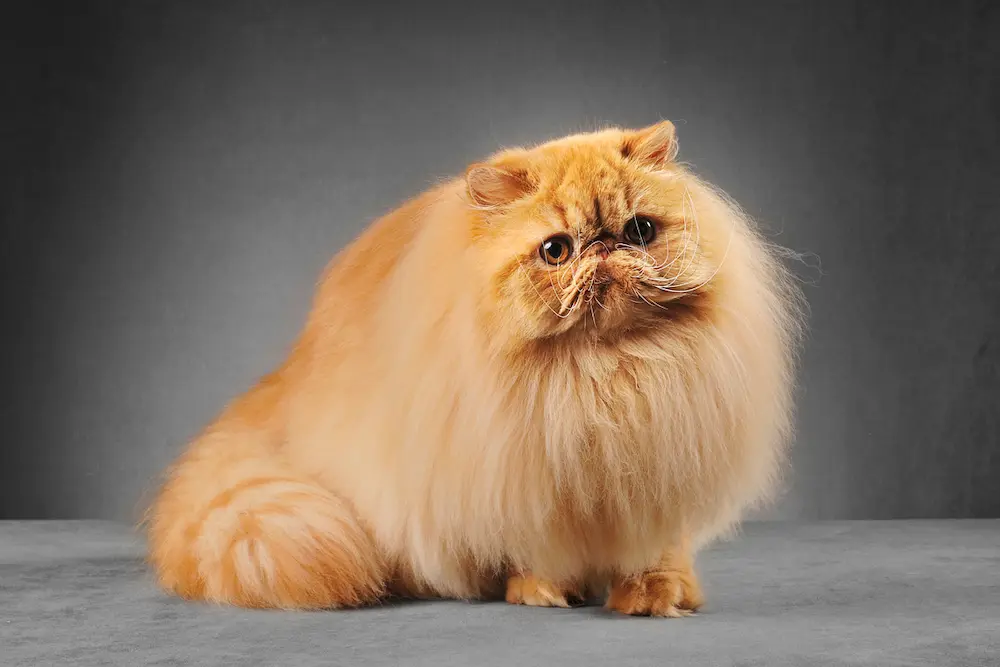
After delving into the world of unique and exotic
Known for their long, lush fur and distinct flat faces, Persians have captivated
So, let’s explore what makes the Persian
The Persian’s Lavish Locks
Imagine the softest, most luxurious blanket you’ve ever felt.
That’s what it’s like to run your fingers through a Persian’s fur.
Their coats are long, dense, and silky, demanding regular grooming to maintain their splendor.
Picture this: a daily comb-through to prevent tangles and mats, adding a touch of beauty ritual to your routine.
Also, a visit to a professional groomer every six weeks ensures they keep looking their regal best.
The Persian’s coat comes in a dazzling array of colors and patterns, from pure snow-white to rich, deep blacks, and everything in between.
Their stunning fur isn’t just about looks; it’s a hallmark of their breed and a symbol of the dedication required to ensure their well-being.
Why Persians Remain Among the Priciest
But, their luxurious locks are just the tip of the iceberg.
Persian cats command a high price not only for their appearance but because of their pedigree and the care they require.
Prices can range from $1,000 to $10,000, especially for show-quality Persians with desired traits like their characteristic flat face, known as brachycephaly.
This feature, whilst adorable, results in some health considerations prospective owners should be aware of, such as potential breathing and eating issues.
Hence, owning a Persian
They need regular vet visits to monitor for health conditions common to the breed.
Besides, Persian cats have a calm and loving temperament, often preferring a serene environment.
Their laid-back nature makes them excellent companions, particularly in households looking for a less active pet.
They can sleep up to 20 hours a day, embodying the essence of leisure and tranquility.
So, when you choose to bring a Persian into your home, you’re not just getting a pet; you’re adopting a lifestyle.
The care they require is a testament to their status as one of the priciest
For those willing to embrace their needs, the Persian
Caring for Your Luxury Cat Breed
Owning one of the priciest
These beauties are more than just pets; they’re part of the family.
But, their care and companionship come with a set of responsibilities.
Let me walk you through the essentials of high-end feline care and what it means financially over your furry friend’s lifetime.
The Essentials of High-End Feline Care
Caring for luxury
Nutrition: A balanced diet is critical. I’ve learned that feeding my Persian a blend of wet and dry food formulated for long-haired breeds helps maintain her coat’s health and reduces hairballs. Similarly, breeds like Sphynx may need a diet high in calories to compensate for their lack of fur.
Grooming: Regular grooming is non-negotiable. For instance, brushing your Persian daily prevents mats and keeps their coat luxurious. Sphynx cats, even though being hairless, require weekly baths to remove oil buildup on their skin.
Veterinary Care: These breeds often come with specific health concerns. Bengal cats, for example, are prone to heart issues, while Maine Coons can experience joint problems. Regular vet visits can catch these early.
Environmental Enrichment: Luxury breeds, especially active ones like the Bengal, thrive with puzzles, toys, and climbing structures to keep them engaged and mentally stimulated.
Companionship: Never underestimate the power of your presence. Breeds like the Sphynx are incredibly social and demand a lot of attention and affection.
Budgeting for the Lifetime Costs of Priciest Cat Breeds
The initial cost of a luxury
Initial Costs: Beyond the purchase price, initial vet visits for vaccinations, spaying or neutering, and microchipping can add up. Setting aside $1,000-2,000 for the first year is a safe bet.
Food: High-quality food isn’t cheap, but it’s vital for their health. Budget around $30-$50 a month, depending on the breed’s size and dietary needs.
Grooming Supplies and Services: For breeds requiring professional grooming, like Persians, this could mean an extra $50-$100 per session. For breeds I can groom at home, like my Sphynx, I still invest in quality products which cost around $200 annually.
Vet Care: Annual check-ups are crucial and can cost $200-$300. But, I always recommend budgeting for unexpected health issues as well, which means setting aside at least $1,000 yearly for emergencies.
Frequently Asked Questions
What is the most expensive cat breed in the world This Year?
The Ashera breed holds the title for the most expensive
Each Ashera
What Makes a Cat Breed Expensive to Care For?
The expense in caring for certain
Breeds like the Siamese, Persian, and Sphynx are among those at higher risk for hereditary health problems, necessitating potential for higher veterinary care costs.
Should i Buy or Adopt a Cat ?
Choosing between buying and adopting a
Adopting from a shelter offers the chance to give a
Purchasing from a responsible breeder allows for predictability in temperament and health but often comes at a higher initial cost.
How to Care for the Most Expensive Cat Breeds in the World
Caring for expensive
Essentials include budgeting for high-quality food, preventive medical care, and necessary supplies like litter boxes, grooming tools, and
Love and commitment throughout the
Conclusion
Owning one of the priciest
From the Persian’s daily grooming needs to the Sphynx’s unique skin care, each breed comes with its own set of requirements.
I’ve learned that whether it’s the luxurious coat of a Persian or the striking appearance of a Sphynx, the joy these cats bring into our lives is immeasurable.
But it’s also clear that this joy comes with responsibilities and a financial commitment.
Ensuring their health and happiness means investing in their well-being every step of the way.
So if you’re considering bringing one of these exquisite felines into your home, remember it’s not just about the initial price tag.
It’s about the love and care you’re willing to provide for the lifetime of your new companion.
